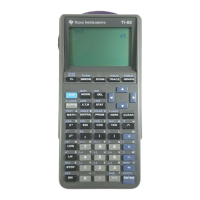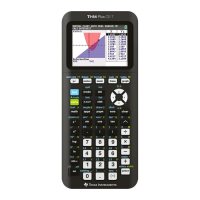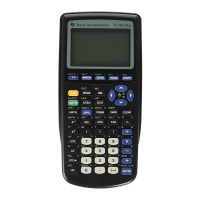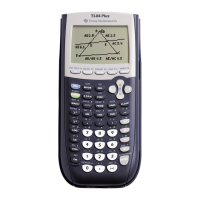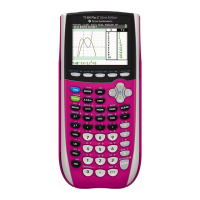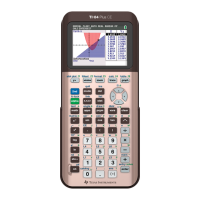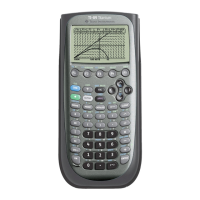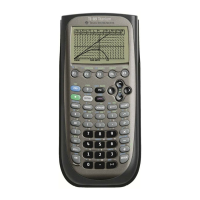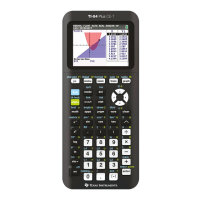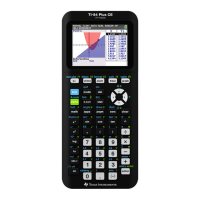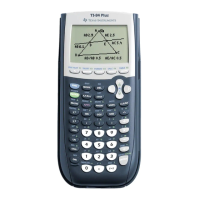Lists 11–9
826886~1.DOC TI-83 international English Bob Fedorisko Revised: 10/26/05 1:33 PM Printed: 10/27/05 2:50
PM Page 9 of 18
You can use lists in an expression in any of three ways. When
you press Í, any expression is evaluated for each list
element, and a list is displayed.
• Use
L1–L6 or any user-created list name in an expression.
• Enter the list elements directly (step 1 on page 11.3).
• Use y [RCL] to recall the contents of the list into an
expression at the cursor location (Chapter 1).
&
Note: You must paste user-created list names to the Rcl prompt by
selecting them from the LIST NAMES menu. You cannot enter them
directly using Ù
ÙÙ
Ù.
You can use a list to input several values for some math
functions. Other chapters and Appendix A specify whether a list
is valid. The function is evaluated for each list element, and a
list is displayed.
• When you use a list with a function, the function must be
valid for every element in the list. In graphing, an invalid
element, such as
L1 in ‡({1,0,L1}), is ignored.
This returns an error.
This graphs
ä
ää
ä‡(1) and
ä
ää
ä‡(0),
but skips
ä
ää
ä‡(L1).
• When you use two lists with a two-argument function, the
dimension of each list must be the same. The function is
evaluated for corresponding elements.
• When you use a list and a value with a two-argument
function, the value is used with each element in the list.
Using Lists in Expressions
Using a List in an
Expression
Using Lists with
Math Functions
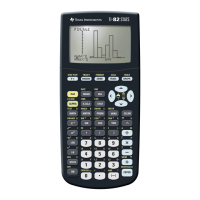
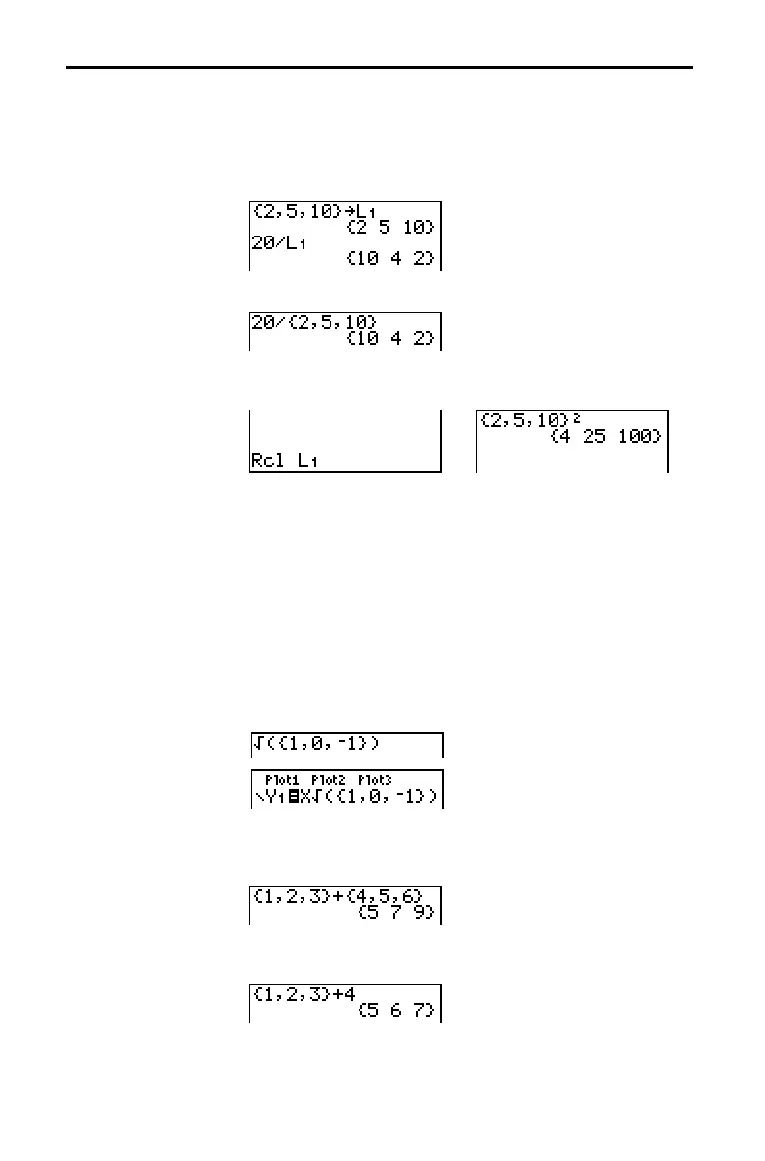